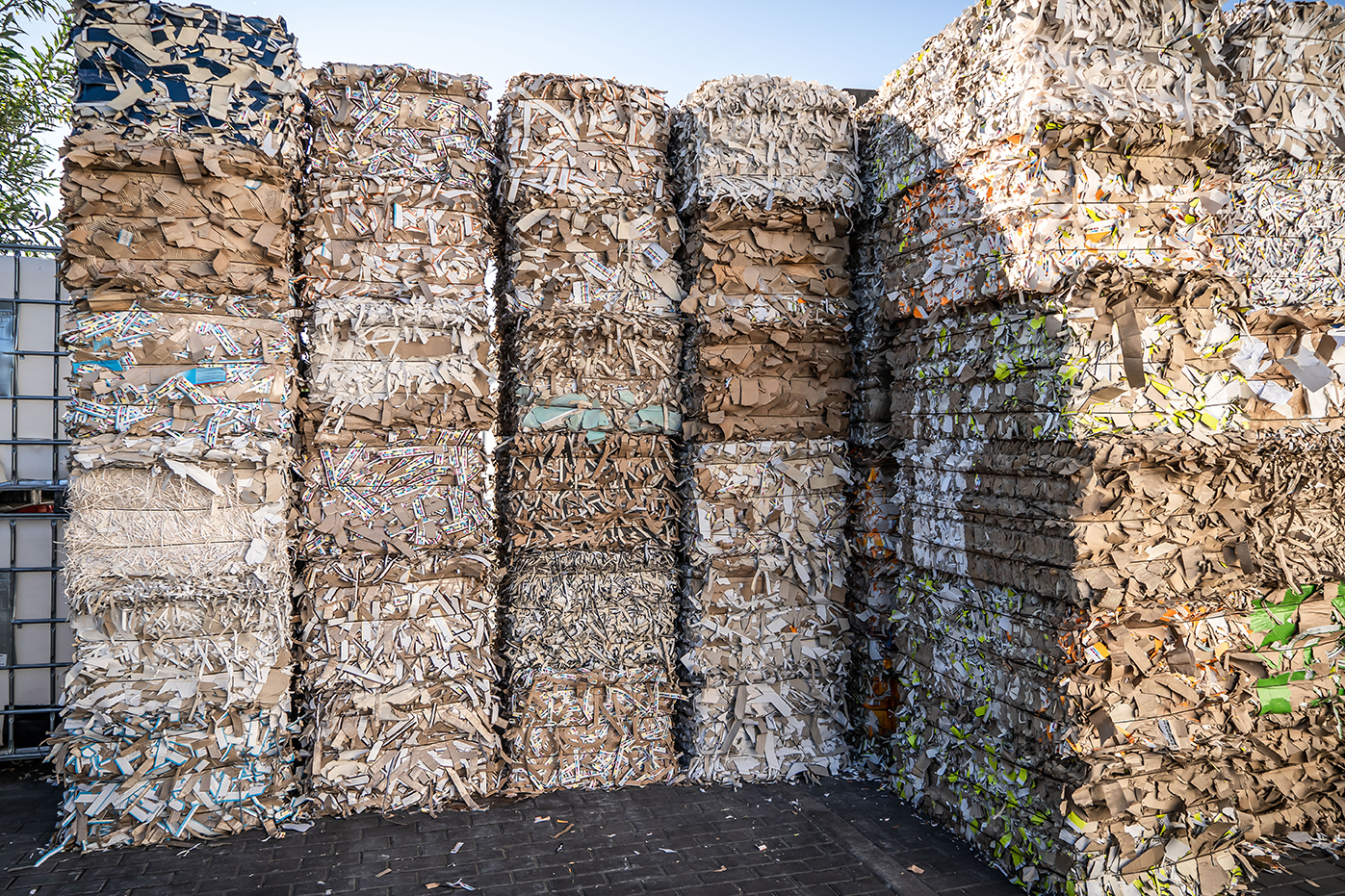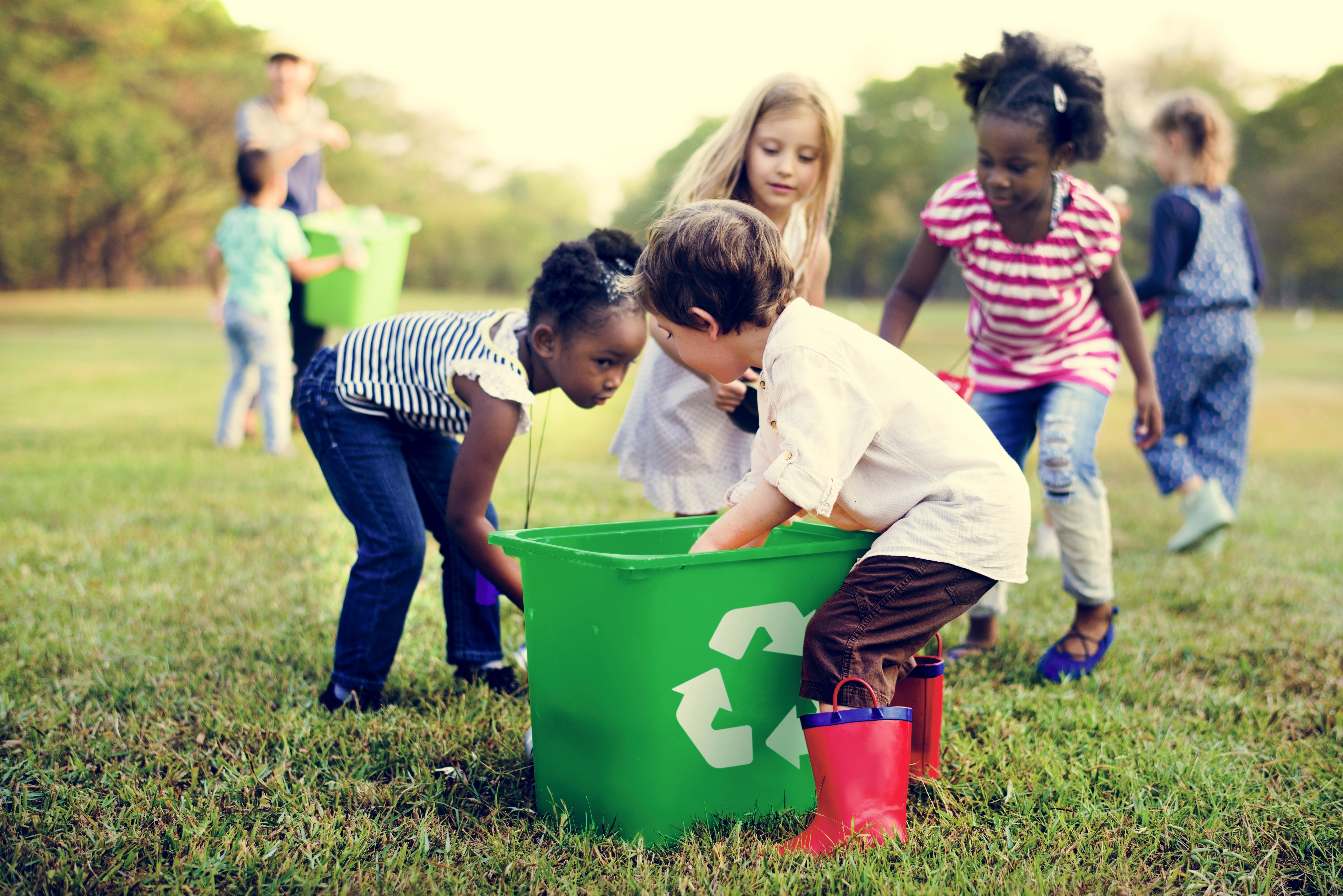
Recycling Restrictions in China
For years, China was one of the world’s largest and most reliable importers of solid waste and contaminated recyclable materials. With lower standards for purity and mixed materials, China emerged as an attractive option for American recyclers looking for a destination for their “mixed” recyclable waste or contaminated recyclable materials such as food waste, plastic film, tennis shoes, etc. U.S. exports of mixed wastepaper to China peaked in 2015 at around 3 million metric tons.
However, over the last few years everything has changed. Beginning in 2013 with China’s Green Fence program, they attempted to reduce the amount of non-recyclable materials being imported in the wastepaper. In 2017 China went further and implemented a series of strict requirements and regulations on imported waste. Informally referred to as China’s “National Sword” policy, the restrictions ban more than 24 different categories of waste and significantly restrict the amount of mixed recycled waste that could be imported. And in 2021, China strengthened their restrictions on imported waste with a complete ban on all solid waste imports.
Pain Points in American Recycling
The result of China’s near immediate reductions in recycling material imports has created a severe breakdown in American recycling workflows and operations. One area of concern is American paper recycling. While China doesn’t completely ban imports of wastepaper or paper pulp, their new requirements make it much more difficult for American recycling centers to export wastepaper directly into China..
With few export markets available, many recycling systems now face critical logistical challenges in finding new alternatives. Recycling centers cannot immediately increase their recycling capacity, leading to a build-up of excess wastepaper at recycling centers and facilities. Recycling centers have had to divert wastepaper to landfills, with damaging effects on the paper industry and our natural environment.
Many states, including California, have seen a significant decrease in exports of wastepaper without seeing a corresponding increase in consumption of wastepaper. This begs the question, what has happened to all this wastepaper in these states? (Reduced exports without an increase in local consumption). The logical conclusion is this wastepaper has likely ended up in landfills.
Washington State also experienced a decline in wastepaper exports, but in contrast there was a corresponding increase in consumption of wastepaper in the state. We believe that the increased capacity and capability for recycling in Washington and Oregon stems from the efforts of local and regional paper mills and manufacturers such as NORPAC.
Finding a Sustainable Solution
To sustainably address this serious issue, American recycling centers must find new domestic options for their “mixed” wastepaper. One option is through local and regional paper manufacturers such as NORPAC.
At NORPAC, we understand the importance that recycling has for our industry and our larger environment. That’s why we’ve invested in additional equipment and new technology providing capacity that can recycle nearly 1 million tons of recovered wastepaper each year and created a line of high-quality paper made entirely from recycled wastepaper.
When national and regional recycling needs meet the increased capacity and potential of local mills like NORPAC, we can find long-term solutions that are sustainable for our natural environment and productive for our regional economies and societies. To learn more about NORPAC’s commitment to recycling and sustainability, we invite you to visit our website.


.png)
